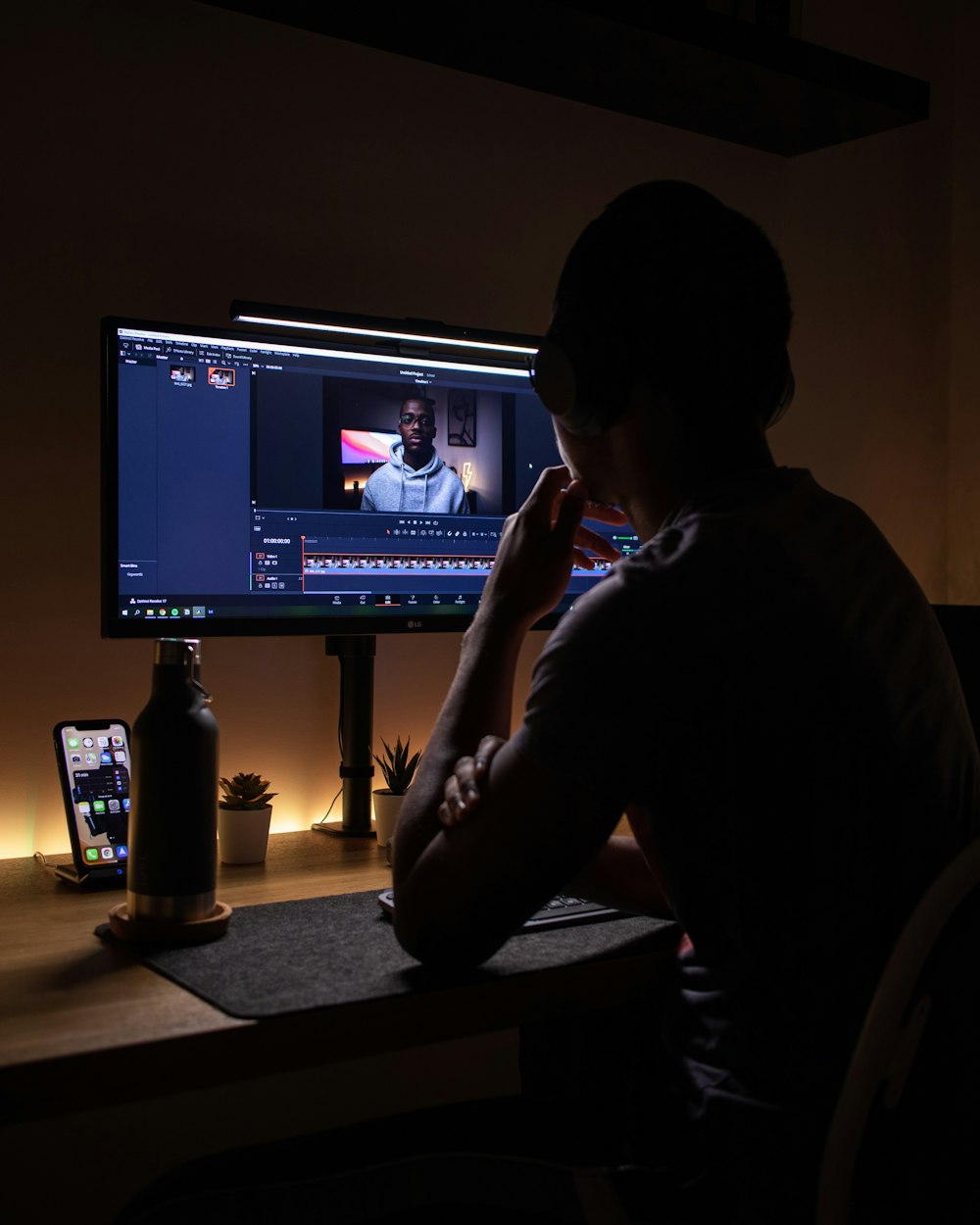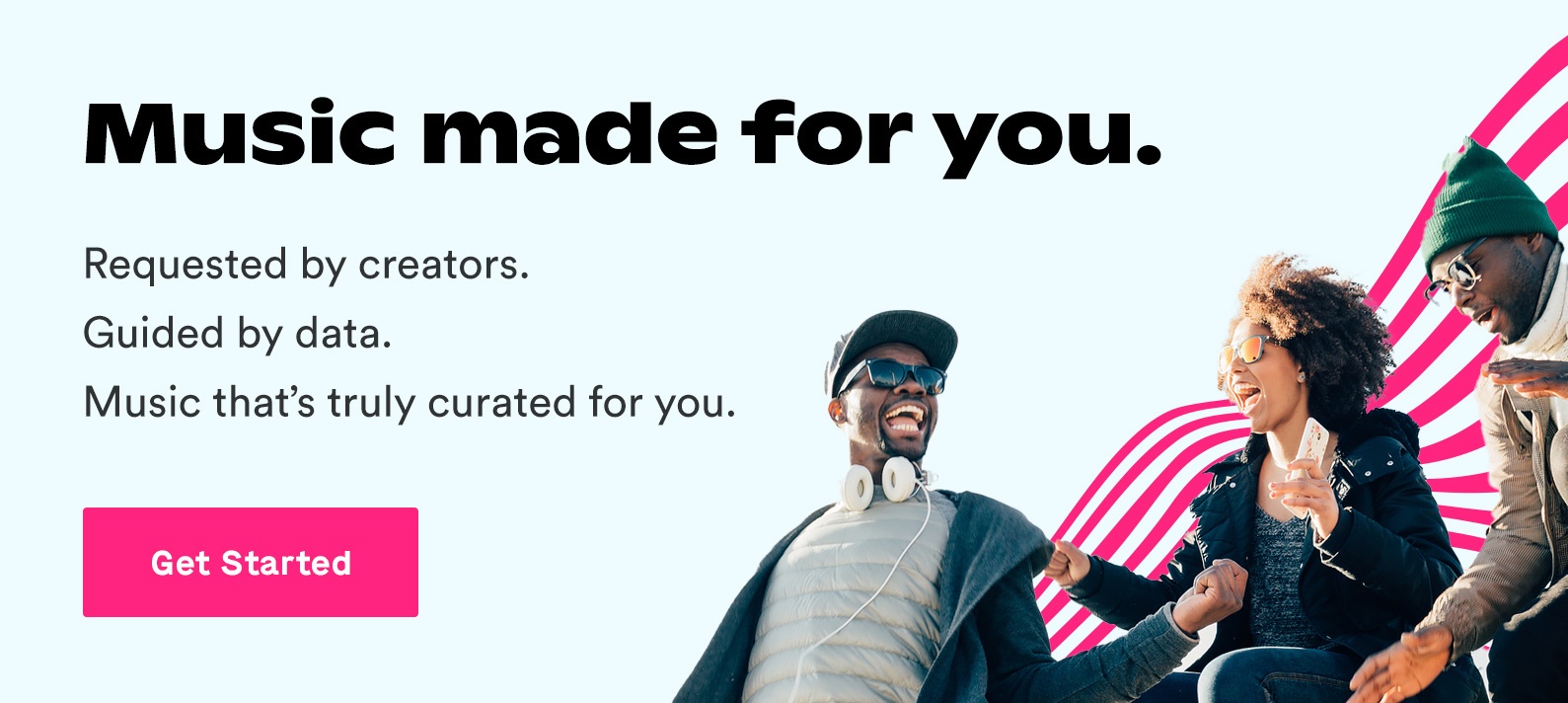Trust us, when you upload your videos to YouTube you do not want to mess around with copyright infringement violations. If you’re using any music in your videos that you don’t have rights to you’re taking a huge risk that could see your video muted, blocked, or taken down entirely.
And what’s more, if you violate YouTube’s copyright rules too many times you can have your whole channel taken down and you’ll be permanently banned from uploading videos ever again.
Now, if you’re starting out on YouTube, we don’t want to scare you. There are plenty of avenues and resources available to you to help you make sure that all of the music and assets used in your videos are fully covered and cleared.
So, to help you out on your content creation journey, let’s go over how to use copyrighted music on YouTube and everything you need to know about music licensing for video.
How does music licensing work for videos?
Music licensing can seem complicated, but once you learn the basics it’s not that tricky. The goal of copyrights is just to help protect artists from having their work used without their permission — and without any credit or compensation going back their way.
That’s why here at Soundstripe we’re focused on providing support for both artists and creators alike with our music licensing. If you aren’t familiar with this phrase, let’s give a quick primer on what music licensing is and how it works.
Music licensing is simply the process of getting permission from an artist so you can add their music to your projects. For example, when you sign up for an account and use songs from our royalty free music library, you’ll be “licensing” the tracks to use in videos that can be shared on YouTube (or other social channels or outlets).
How can I legally use copyrighted music on YouTube?
%20(1)%20(1)%20(1).png?width=733&name=Screen%20Shot%202020-07-27%20at%2010.22.31%20AM%20(1)%20(1)%20(1)%20(1).png)
Now, unless you’re only using music that you’ve composed and performed yourself, the only way you’re going to be able to use copyrighted music on YouTube is if you go out and get approval from the original creator.
Copyright law exists to help make sure that artists get paid when people use their work—that’s where YouTube’s music policy comes into play. The two halves of YouTube’s system work together, policing video uploads for copyright infringement and providing a place for creators to submit their own copyright claims.
On one hand, that makes it easier for you. The rules are built into YouTube as a platform, so once you understand the rules, you’ll have the tools to follow them.
But the negative side of that is that YouTube is pretty quick to act if you make a mistake. So if you don’t legally use copyrighted music on YouTube, the system might take down your content, or let someone else monetize your video, or completely block your channel.
What are the steps to license a song?
As mentioned above, artists are the ones putting their blood, sweat, and tears into creating their songs. Record labels have historically invested quite a bit of money into producing these tracks too. And, of course, the record labels also pay heavily for legal teams that work hard to protect these songs from any copyright infringements — even on YouTube.
This means that there’s more people working behind the scenes to make sure you’re not using music you shouldn’t than you’d think. So, if you want to legally use copyrighted music on YouTube, you’ll need permission from everyone who is a copyright holder for that specific track.
Getting a license for a song means you’ll have to reach out to each person on that “copyright holder” list. Then you’ll negotiate a licensing agreement for your project and decide on a price.
You might also have to determine royalty payments too, which means sending a fraction of your project’s revenue to the copyright holders.
The music licensing process can take a few weeks or a few months, and it’ll run you anywhere from a couple hundred dollars to a couple thousand (depending on how popular the song is).
Is there another way to get music for YouTube?
Thankfully, you do have an alternative to dealing with traditional music licensing procedures.
Youtube royalty free music has quickly become a big trend for filmmakers because it avoids the old-fashioned music licensing model in favor of a process built specifically to get high-quality music into the hands of content creators.
Here’s how it works. A royalty free music company will license a song from an artist, and then they can license it out to content creators for a fraction of the cost. So instead of paying $5,000 for a song, you’ll pay $50 for a license to legally use that song in a specific project.
And since there are no record labels involved, you won’t have to worry about sending a portion of your revenue to copyright holders. You’ll pay for a license once, and that’s it.
Soundstripe is a royalty free music company that’s a little different from other names in the industry. We own every single song in our library, so you won’t find our music anywhere else.
That means we can guarantee you won’t have to worry about copyright claims anymore.
More importantly, you’ll have two options on how to license a song. You can either pay for a single song license and use that song in as many projects as you want. Or you can sign up for one of our subscription plans, which gives you unlimited access to our entire library.
Final tips for using royalty free music in YouTube videos
At the end of the day, all of the questions surrounding music licensing and copyright laws really just come down to ownership and the types of content you’re trying to create.
Sure, you can always use YouTube's audio library or try to find some public domain music for your YouTube channel, but a good YouTube video is one that looks and sounds a certain way. Musicians know this and a good music owner is rarely going to work for free, and any commercial music owner is certainly going to protect their music with a copyright claim.
If you want good copyrighted music on youtube videos you'll need to make the investment and find the best (and easiest) way to compensate music owners for their work. Which is where solutions like Soundstripe come in to help.
So, do your own research into creative commons music and how to find your own tracks in the YouTube video editor, but at the end of the day make the best decision for you and your YouTube videos.
Hopefully this article answered your question on how to use copyrighted music on YouTube and then some.





